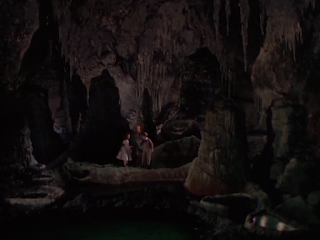Charming adaptation of the Mark Twain classic, elaborately but tastefully produced in Technicolor by David O. Selznick. Director Norman Taurog was the perfect choice for the material, getting fine performances out of the young leads, especially Tommy Kelly in the title role and Ann Gillis as Becky Thatcher. The supporting cast includes stand-out performances by seasoned character actors May Robson as Aunt Polly, Walter Brennan as Muff Potter, and Victor Jory as Injun Joe, among others, bringing Twain's colorful characters to life.
Robson in particular is a delight, as always. Her portrayal of Aunt Polly reveals a real affection and concern for Tom when the boy is in danger, belying her tough and scolding demeanor, and making the character much more than just a foil for Tom's mischief. The script, by John V.A. Weaver, does a superb job of capturing the spirit of Twain's book, skillfully blending the dramatic and comic moments. While the plot is obviously simplified for the film, it contains the most memorable set-pieces. The highlight is the cave sequence, in which Tom and Becky get hopelessly lost in a cavernous underground labyrinth. Lavishly designed by William Cameron Menzies, this claustrophobic and suspenseful sequence still packs a punch.
The story has been filmed numerous times over the years but this version is probably the best thanks to Selznick's characteristically high production values; it holds up quite well and is still a fun piece of entertainment.


